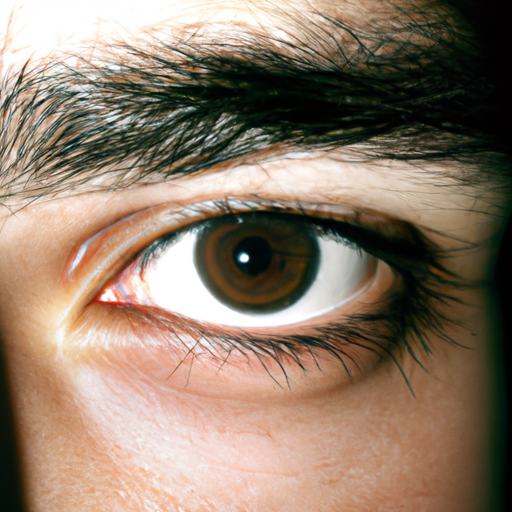As a dermatologist, I often encounter patients who are distressed by the appearance of dark circles under their eyes. These shadows can make people look tired, older, or even unwell, impacting their self-esteem and overall quality of life. Fortunately, there are several effective strategies to treat under-eye dark circles, and I am here to shed light on them.
Firstly, it’s essential to understand that under-eye dark circles can be caused by various factors, including genetics, aging, allergies, sleep deprivation, and lifestyle habits like smoking and excessive alcohol consumption. Therefore, the treatment approach should be tailored to address the specific cause in each individual case.
One of the most straightforward strategies is to improve your lifestyle habits. Regular sleep, a balanced diet rich in vitamins (especially Vitamin K and Vitamin C), and adequate hydration can significantly reduce the appearance of dark circles. Limiting alcohol intake and quitting smoking can also contribute to healthier and brighter skin around your eyes.
Topical treatments are another effective strategy. Creams containing ingredients like retinol, vitamin C, hyaluronic acid, and caffeine can help lighten dark circles. Retinol promotes cell turnover and collagen production, reducing the visibility of blood vessels that can contribute to dark circles. Vitamin C is a potent antioxidant that can brighten skin and boost collagen production. Hyaluronic acid hydrates and plumps the skin, reducing the hollow look that can accentuate dark circles. Caffeine constricts blood vessels, reducing puffiness and the appearance of darkness.
For more stubborn cases of under-eye dark circles, medical treatments may be considered. Injectable fillers can be used to treat hollows that cast shadows under the eyes, making them appear darker. These fillers contain substances like hyaluronic acid that add volume to the under-eye area, reducing the appearance of dark circles.
Another medical treatment option is laser therapy. Lasers can target melanin (the pigment that gives skin its color) in the skin under the eyes, breaking it up and lightening the area. Chemical peels can also help by removing the top layer of skin and promoting new, healthier skin growth.
Lastly, for those with severe dark circles due to hereditary factors or aging, surgical procedures such as blepharoplasty (eyelid surgery) can be considered. This procedure removes excess skin and fat in the under-eye area, reducing shadows and puffiness.
In conclusion, while under-eye dark circles can be a source of distress, there are numerous strategies to effectively treat them. From simple lifestyle changes to topical treatments and medical interventions, there’s a solution for everyone. However, it’s crucial to consult with a dermatologist or a skincare professional before starting any treatment to ensure it’s suitable for your specific needs and skin type.
Remember, everyone’s skin is unique, and what works for one person may not work for another. Patience and consistency are key in treating under-eye dark circles. With the right approach and professional guidance, you can banish those shadows and enjoy a brighter, more youthful appearance.



